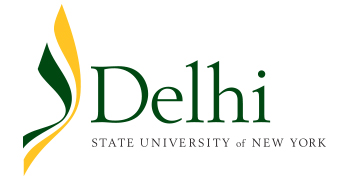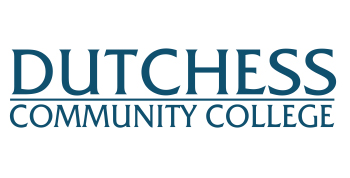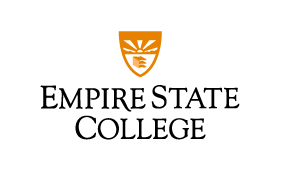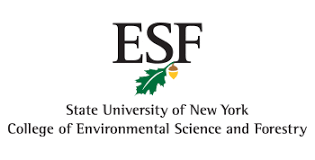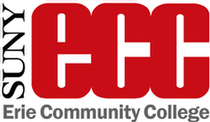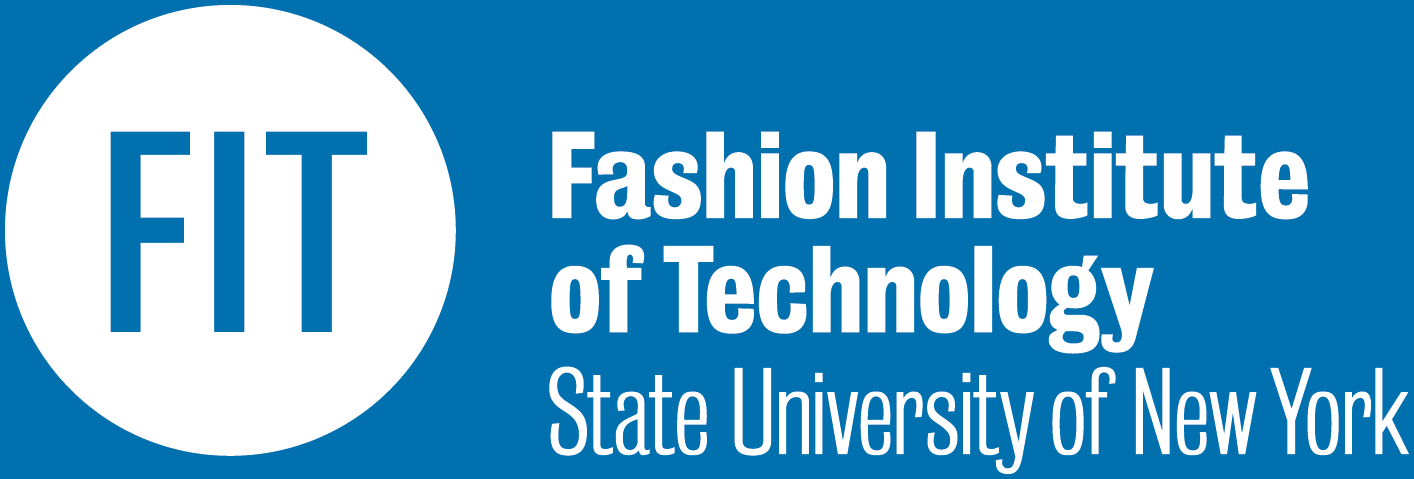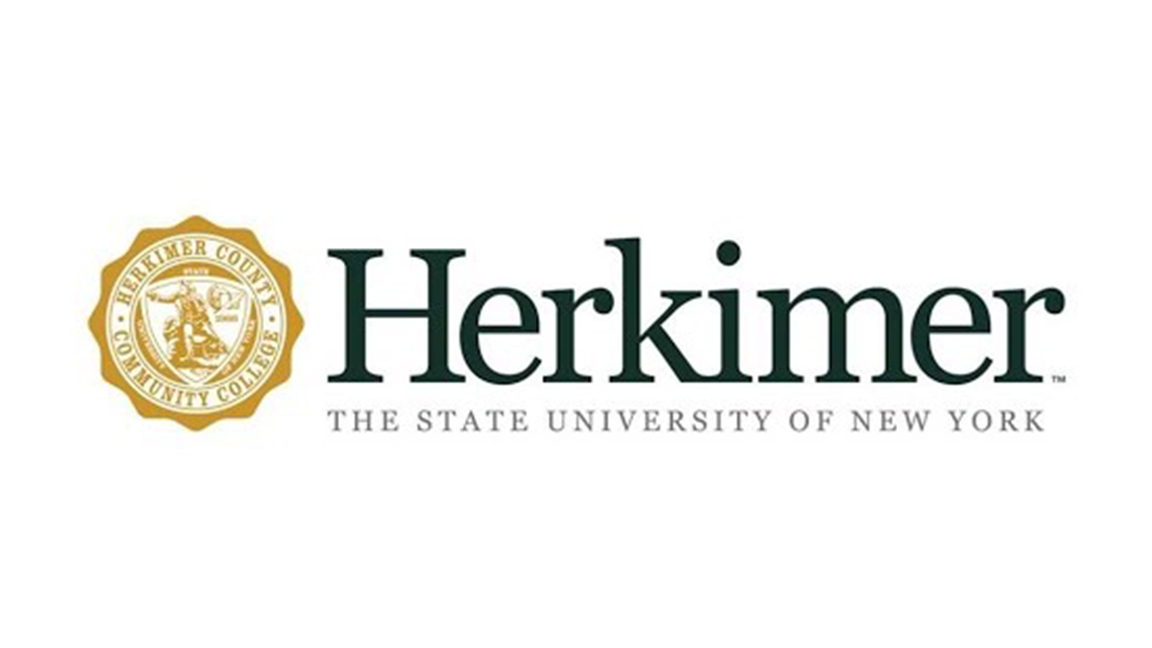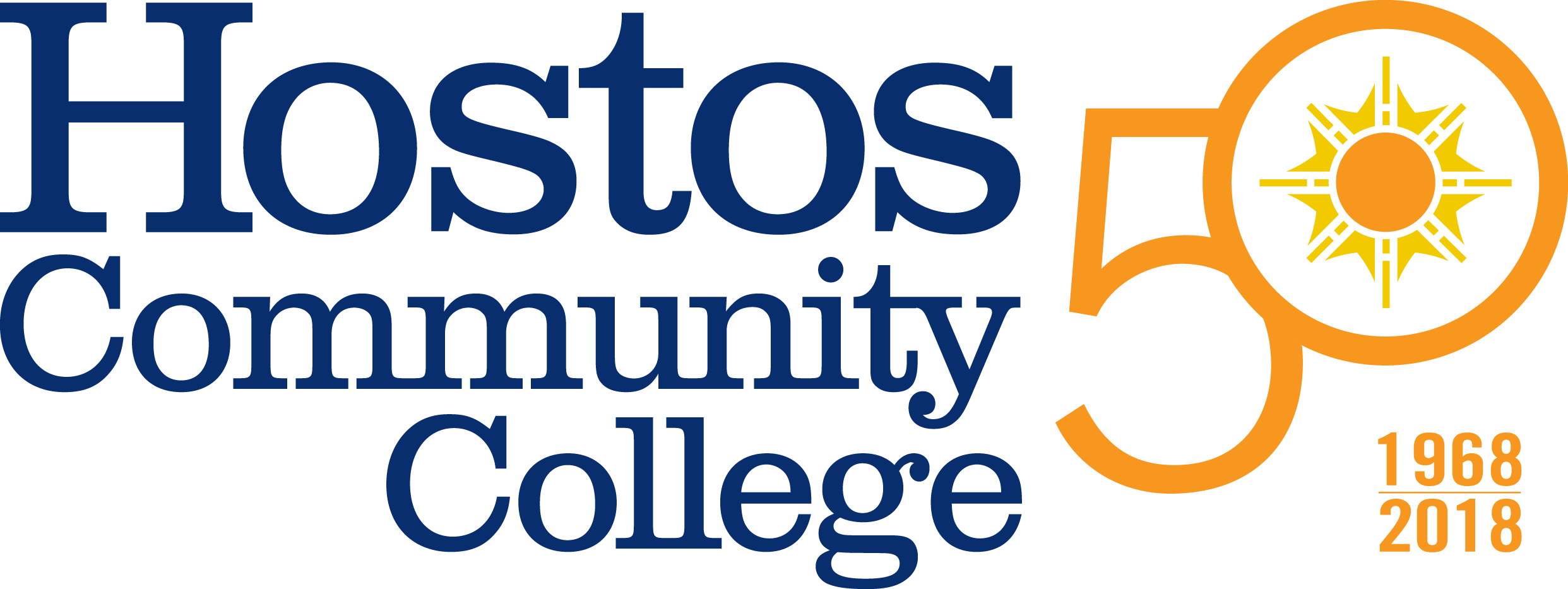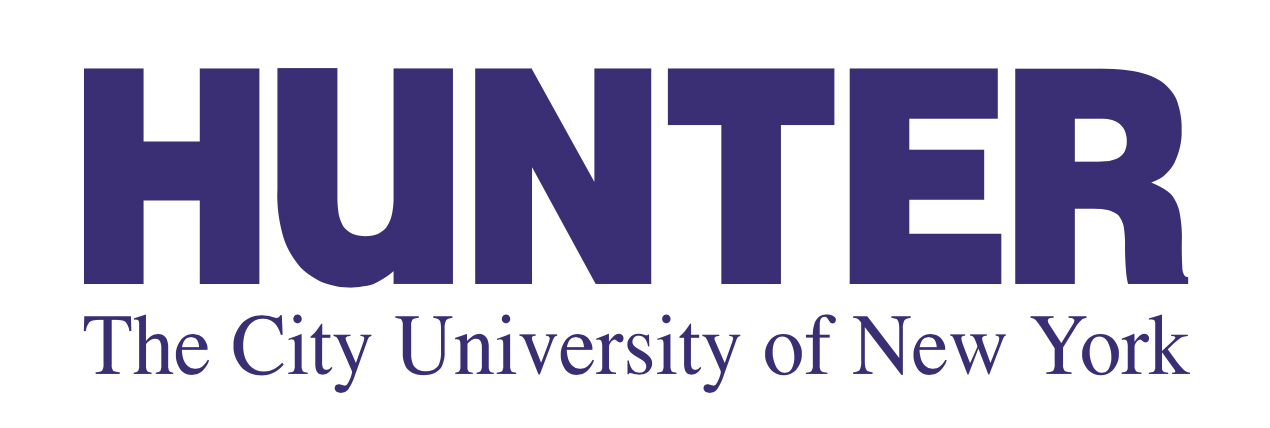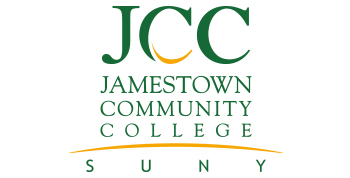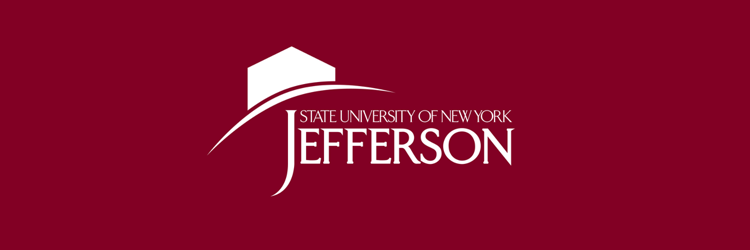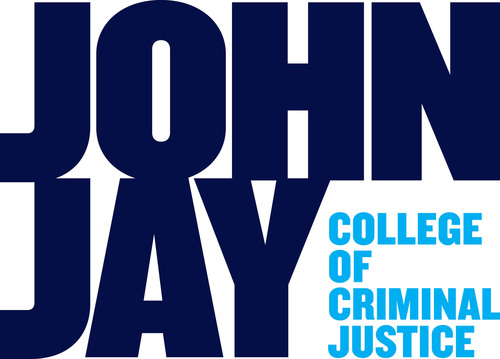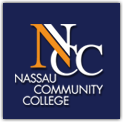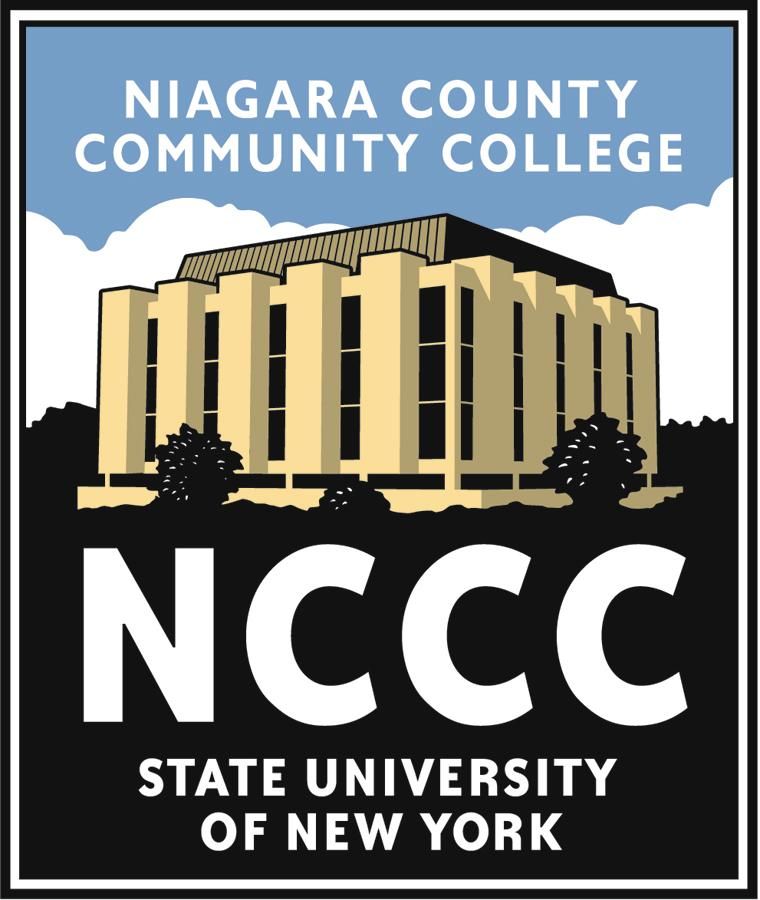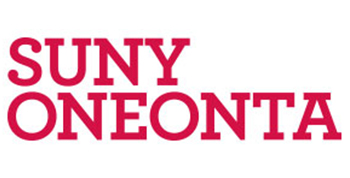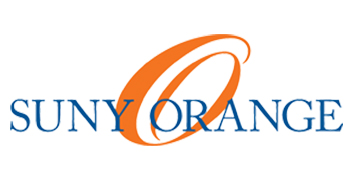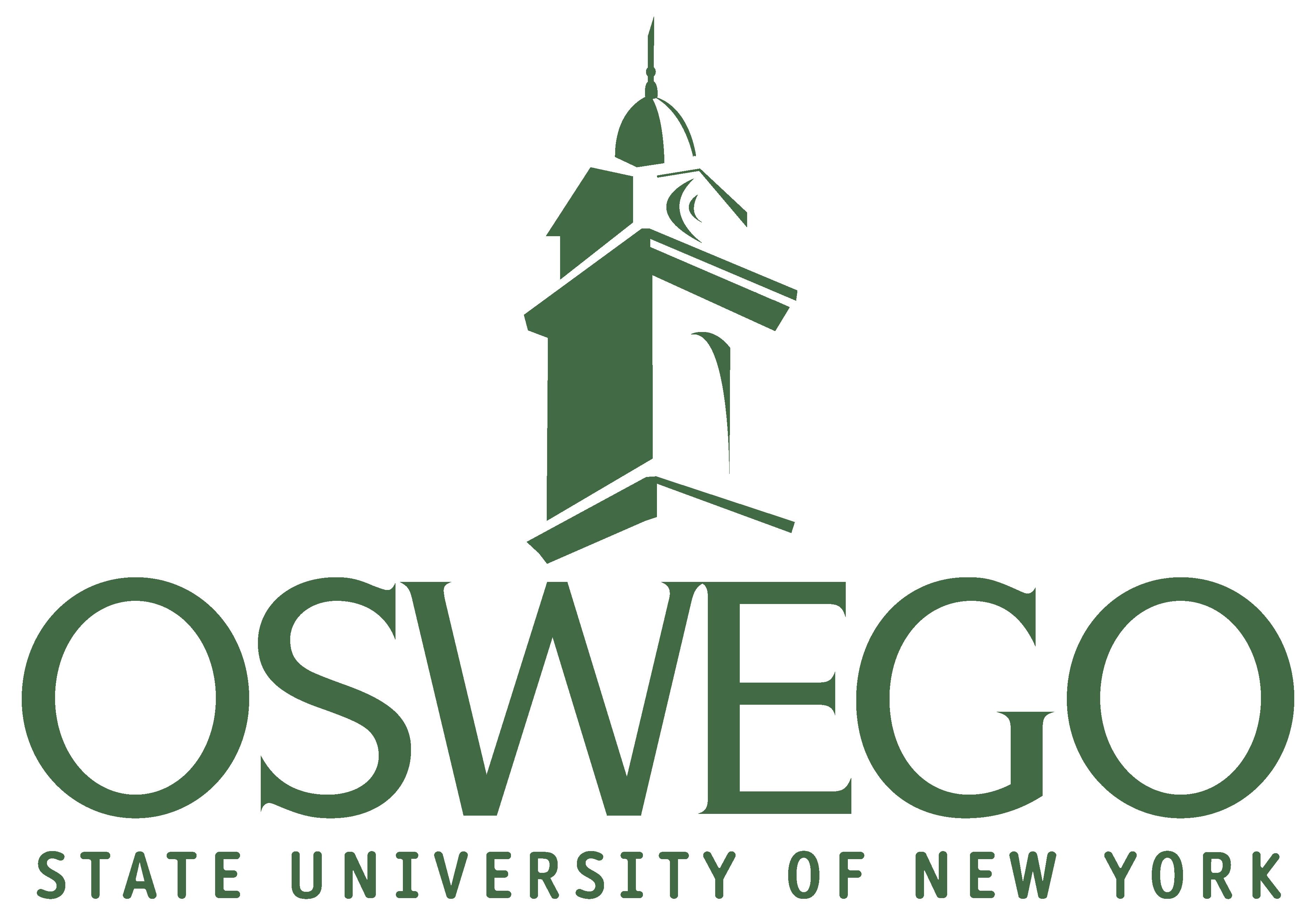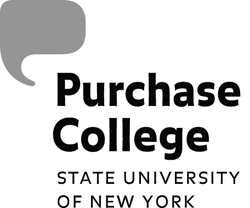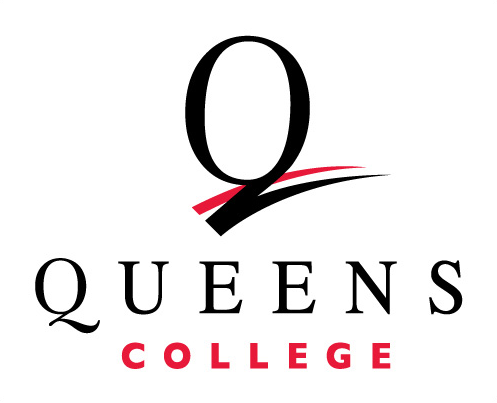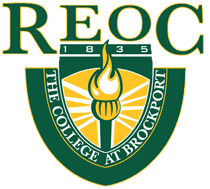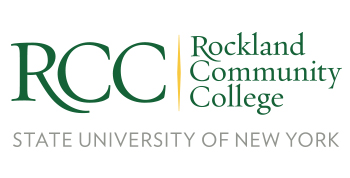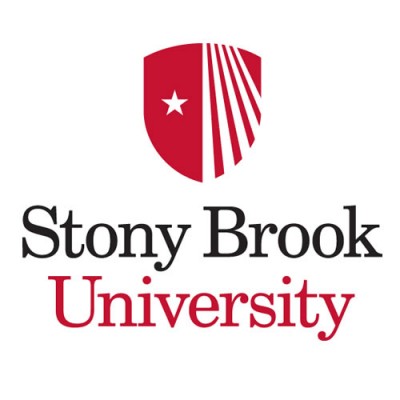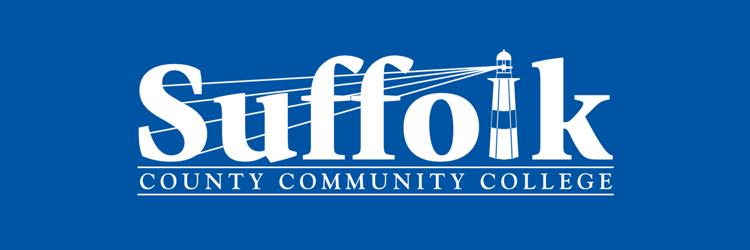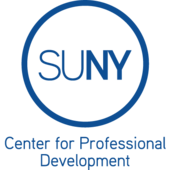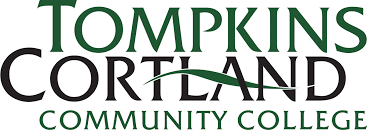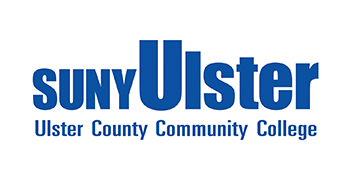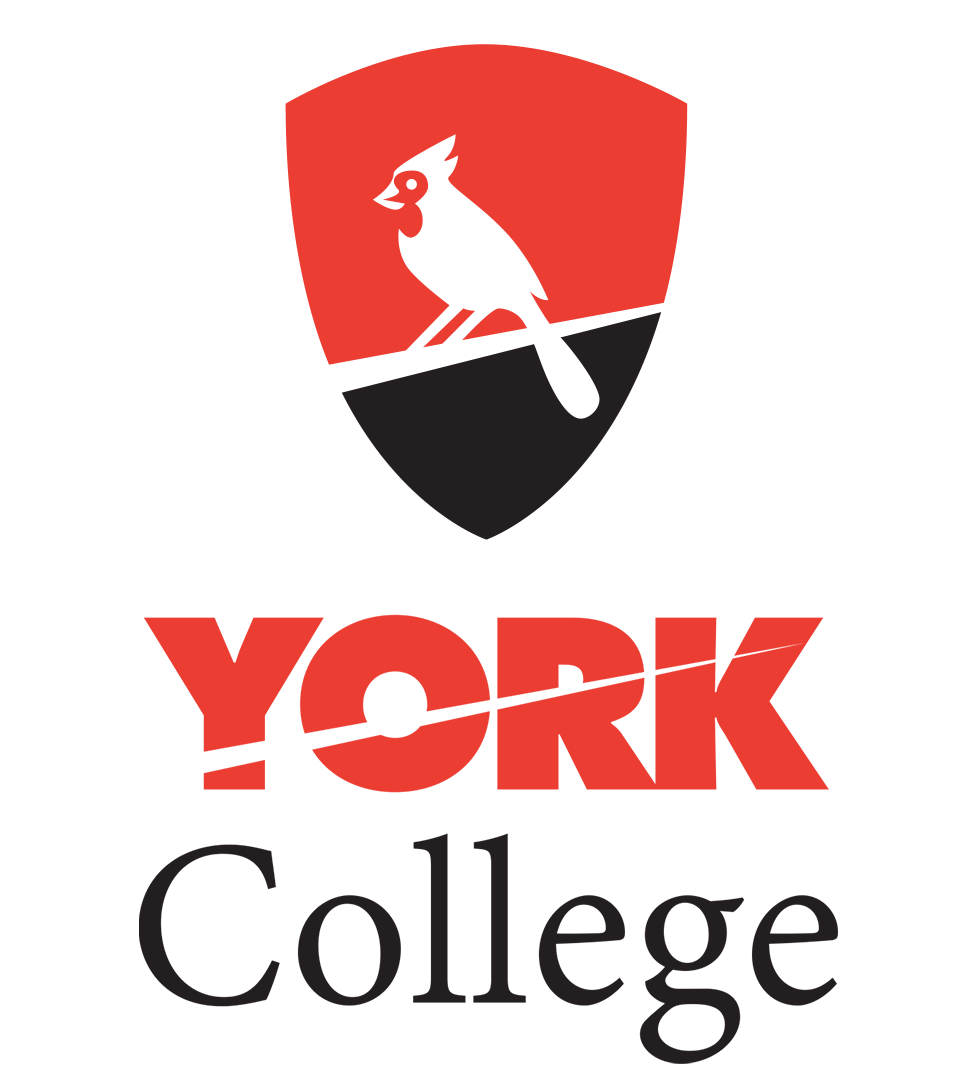The Continuing Education Association of New York (CEANY) evolved out of an annual but informal gathering of Two Year College Deans and Directors of Continuing Education. It was in 1966, during one of these gatherings, that the need for a formal institution was discussed. Robert Moseley (Dutchess Community College) was asked to lead the venture. He was appointed to liaison with their four year college counterparts and report back about the possibilities and necessities of becoming an established organization. It was only in 1971, however, that that creation of such an ambitious undertaking was properly cogitated.
During their 1971 conference in Utica/Rochester, an eight member committee was formed, chaired by Robert Moseley, to investigate the prospects of creating the formal institution. The exploration committee would include (some of whom would be future CEANY presidents): John Cotnam (Monroe Community College), Armond Festine (Mohawk Valley Community College), and Richard Meagher (Fashion Institute of Technology), as well as other active members such as Carleton Everett (Broome Community College), James Nihan (SUNY Farmingdale), Michael Schwartz (Clinton Community College), and Gary Yoggy (SUNY New Paltz). After the committee meeting several times that year, and two different questionnaires being developed, mailed out to the membership, and evaluated; 58 out of the 61 responses confirmed the desire of the formal institution. The committee then set about its tasks to fashioning an administrative organization chart, a proposed slate of officers to fill the executive positions, and hammer out the details of membership requirements, privileges and dues (which was decided at an annual fee of $1).
On October 6, 1972, at the conference in Poughkeepsie, NY, CEA-SUNY was officially formed. Its mission included six primary objectives, to:
1. Provide a collective voice in Albany for Continuing Education 2. Promote the exchange of information and ideas 3. Solve mutual problems 4. Represent the needs and interests of Continuing Education students 5. Promote professional growth 6. Coordinate conference planning for Continuing Education. |
Armond Festine was elected to the helm of the organization as its Chairperson and Robert Moseley followed as Festine’s second-in-command. Two other core positions were agreed upon and elected: Dick Meagher as Secretary and Gary Yoggy as Treasurer; all of which would be supported by members of an Executive Council. Within its first year, CEA-SUNY would comprise of over 83 members and publish its first newsletter.
It was not long before membership soared and the organization would complete another important point in its evolution. After the ‘official’ addition of CUNY in 1976 to the association, CEA-SUNY started the process to rebrand itself to more accurately reflect its membership and mission. On December 10, 1981 the association decided upon the CEANY moniker. Along with its new appellation and its president, Michael Falcone, CEANY would also appoint a Professional Development committee and adopt a new constitution within the next year. In 1984, the need for an official statement of policy was drafted to further expand upon the original six objectives of organization and in 1986 the policy and procedure manual was created to ensure smooth transitions of board members and committee chairs.
With the foundation of CEANY firmly established and the approaching a new millennium, the association expanded its interests to include celebrating outstanding works and services of individuals in Continuing Education. In 1987 the Outstanding Educator, Emeritus and the Adult Student Award (renamed in 1997 in honor of Charles A. Burns) were established. Eight years later the James C. Hall Exemplary Program Awards were added to the accolades awarded by the institution. Then in 2002, the organization embraced the digital age and created a web site to expand its membership and further educate the world of its endeavors.
CEANY continues to grow and adapt to the needs of its members and student populations. Its mission is an ambitious one. One that the organization consistently meets and aspiringly surpasses with every new chapter it writes.
Click on the links below for more information:
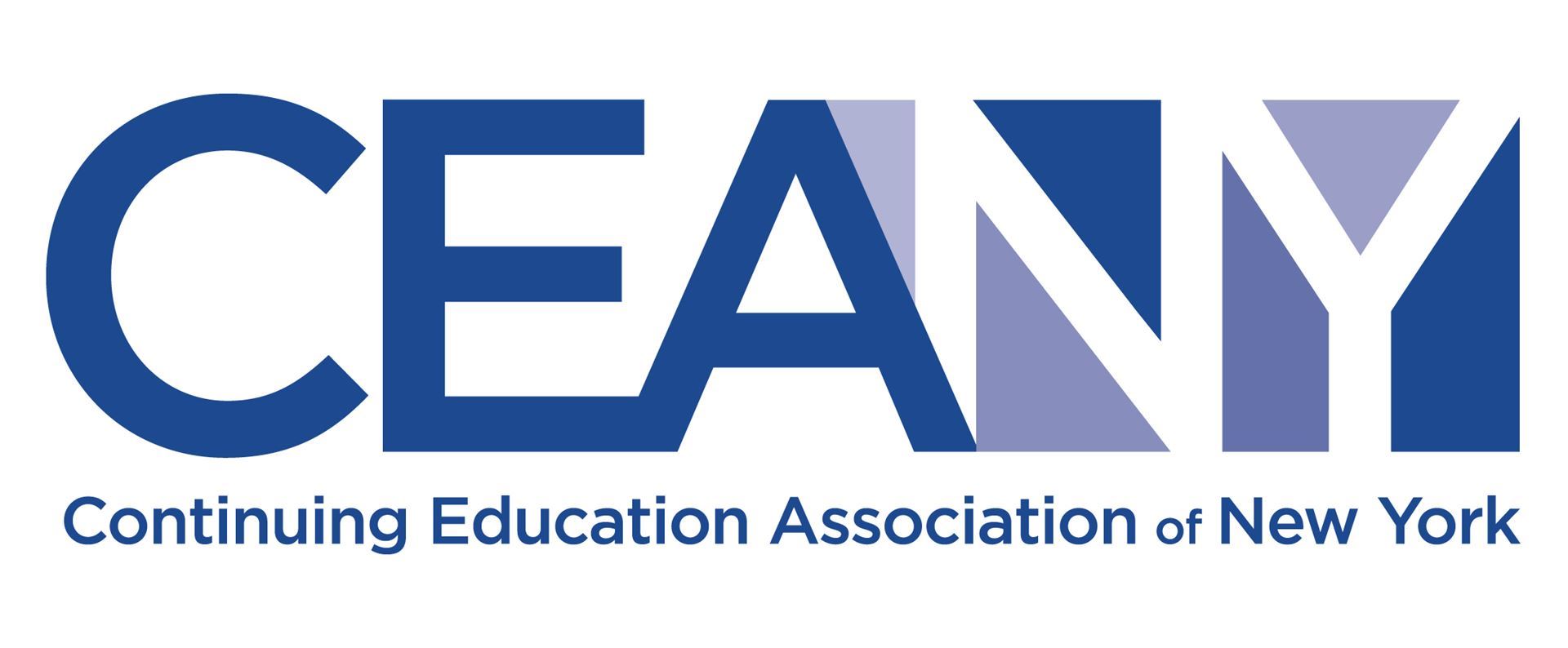
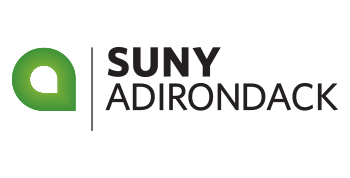


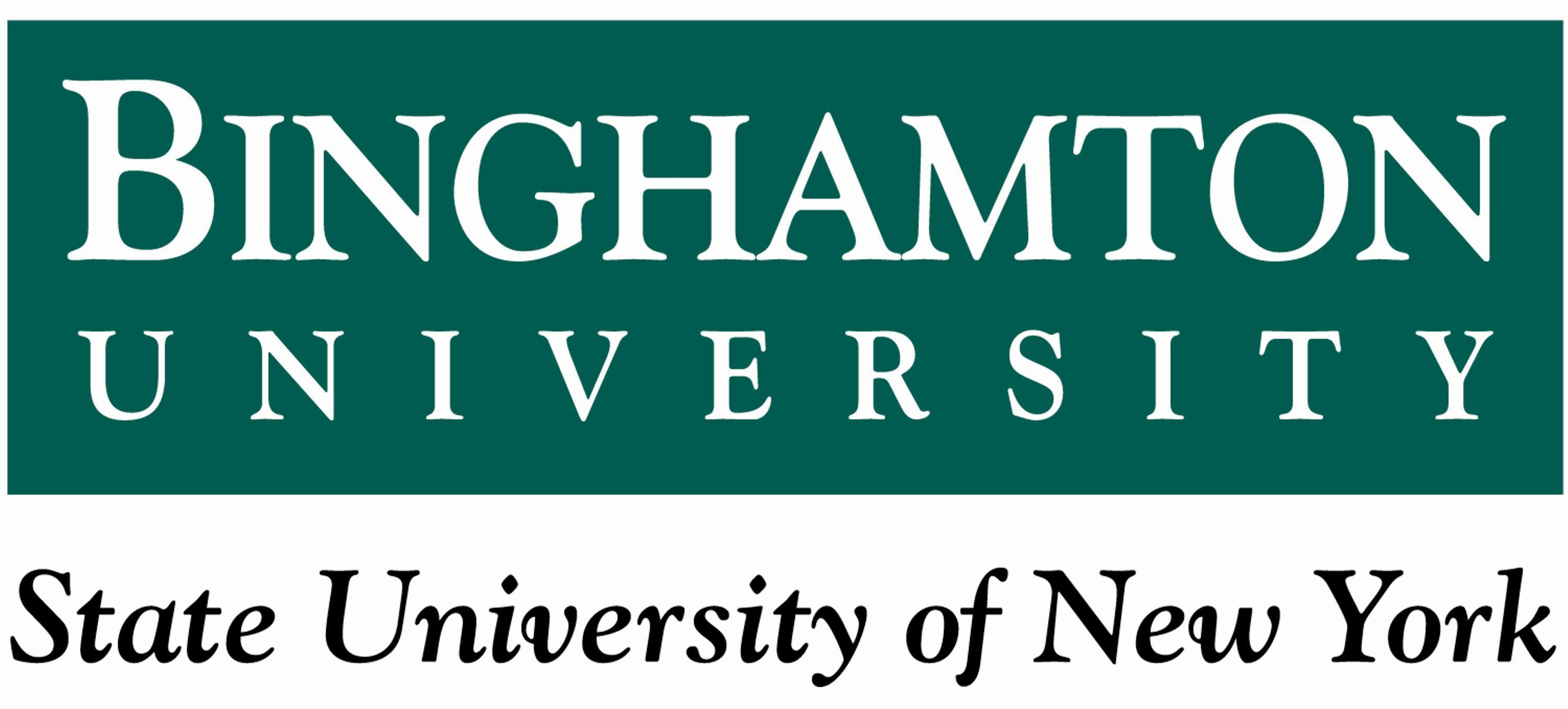
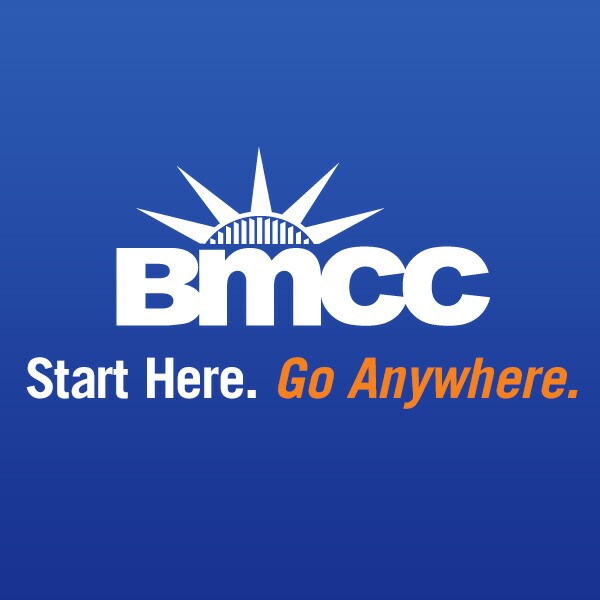



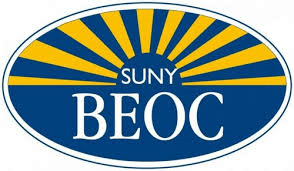
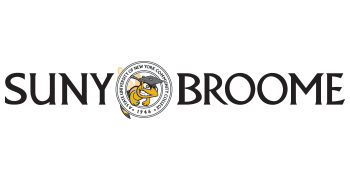
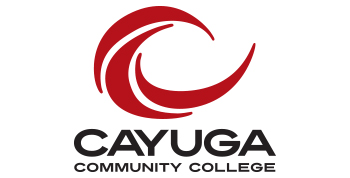
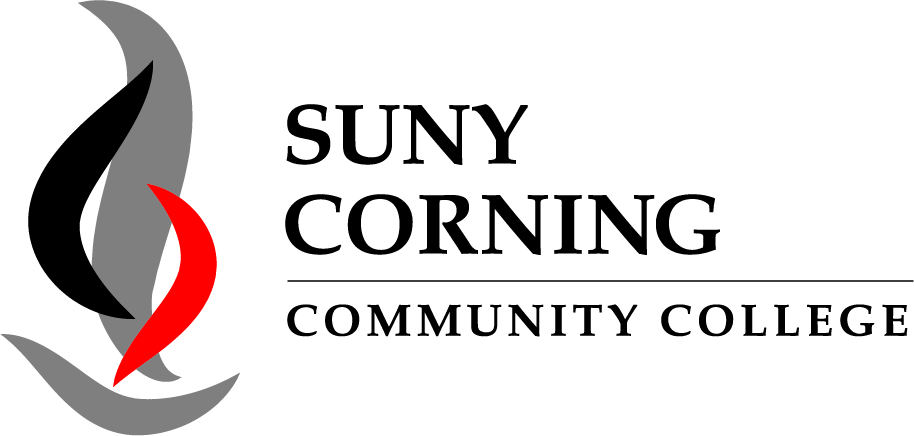
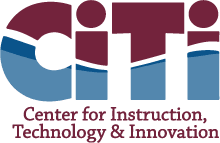


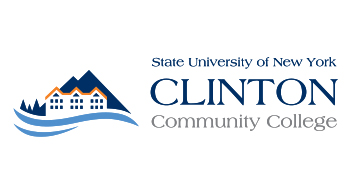


.jpg)

